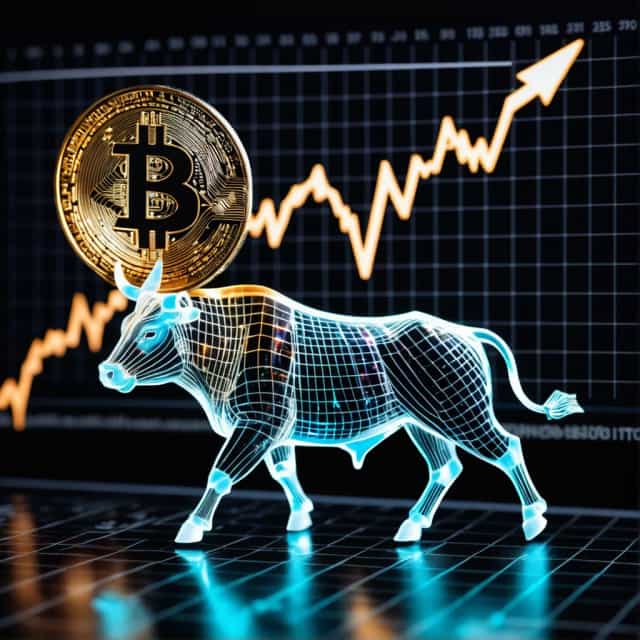
출처: Block Media
Gold Futures Break $4,000 Barrier Amid ETF Growth and Central Bank Demand
Gold futures have reached an unprecedented milestone, surging past the $4,000 per ounce mark for the first time in history. This breakthrough, achieved during early trading on November 7 in the New York market, underscores the metal's enduring appeal. Bolstered by concerns about a weakening U.S. dollar, gold prices have climbed nearly 50% over the past year, marking a period of exceptional growth fueled by robust market dynamics.
Analysts at Goldman Sachs, led by Reena Thomas and Dan Striven, predict that gold could approach $5,000 per ounce by the end of next year. They attribute this historic rally to two primary forces: significant exchange-traded fund (ETF) inflows and increased purchases by central banks worldwide. These trends, described as "sustainable under current price prediction models," reflect a structural transformation in gold demand.
Goldman Sachs Revises Long-Term Gold Price Outlook
In a revised outlook, Goldman Sachs has raised its December 2026 gold price forecast from $4,300 to $4,900 per ounce. This adjustment builds on expectations of a potential interest rate cut by the U.S. Federal Reserve. The firm speculates that if the Fed reduces interest rates by 100 basis points by mid-2024, it could further fuel ETF inflows into the gold market.
Recent data confirms that current ETF gold holdings align closely with Goldman Sachs’ interest rate-based projections, lending credibility to their bullish forecast. Gold prices appear to be driven by durable, long-term trends rather than short-lived market fluctuations. Analysts anticipate sustained ETF demand for gold, even as broader market conditions evolve, reinforcing the metal's positioning as a reliable store of value.
Rising Gold Demand in Diversified Investment Portfolios
In addition to ETF and central bank-driven demand, Goldman Sachs highlights another pivotal trend: the reallocation of capital from equities and bonds into gold. The analysts note that as the gold market is relatively small compared to other asset classes, even modest shifts in investment behavior can have an outsized impact on prices. As a form of diversification, gold’s appeal has strengthened in the face of economic uncertainty and fluctuating financial markets.
Strong fundamentals—including consistent ETF inflows, aggressive buying by central banks, and anticipation of a looser monetary policy from the Federal Reserve—position gold as a critical asset for investors hedging against systemic risks. This unique mix of demand drivers continues to fortify gold’s growing prominence in diversified portfolios.
Monitoring the Road Ahead
Gold’s performance is closely tied to macroeconomic conditions, making it vital for stakeholders to track how broader financial trends unfold. Central banks remain a crucial player, with their gold purchasing patterns significantly influencing the market’s direction. Similarly, shifts in Federal Reserve policies, such as anticipated rate cuts, are expected to shape investor sentiment and drive further inflows into gold-backed ETFs.
As the market stands, gold retains its reputation as a safe-haven asset, proving its resilience in an era of global financial turbulence. With forecasts pointing to potentially even higher price thresholds, all eyes will be on gold as a key barometer of economic uncertainty and investor confidence in the months and years to come.










